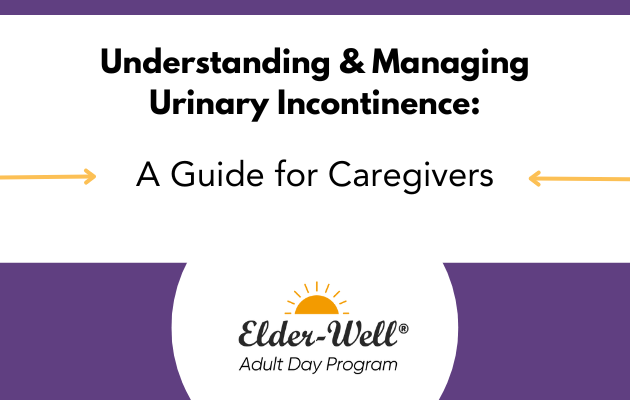Call us today at:
866-821-4333Call us today at:
866-821-4333Jan 20,2024

Urinary incontinence is a common issue that affects people of all ages, but it’s particularly prevalent among older adults. As a caregiver, understanding the different types of urinary incontinence and how to help those you care for manage them is crucial. In this blog post, we’ll explore the five types of urinary incontinence and provide tips on how to assist your loved ones in coping with each type.
Stress incontinence occurs when physical activities like laughing, coughing, sneezing, or lifting heavy objects put pressure on the bladder. To help manage stress incontinence:
Urge incontinence, also known as overactive bladder, involves a sudden and strong urge to urinate, often leading to accidents. To manage urge incontinence:
Overflow incontinence occurs when the bladder doesn’t empty completely, leading to frequent dribbling or leakage. To manage overflow incontinence:
Functional incontinence results from physical or cognitive impairments that prevent an individual from reaching the bathroom in time. To manage functional incontinence:
Mixed incontinence is a combination of two or more of the aforementioned types. Managing mixed incontinence requires a multifaceted approach:
Regardless of the type of urinary incontinence your loved one experiences, here are some general tips for providing support:
Remember that managing urinary incontinence requires patience, understanding, and a tailored approach. By offering support and implementing these strategies, caregivers can help improve the quality of life for their loved ones facing this common challenge.
Disclaimer: Nothing on this website is intended, and shall not be deemed to constitute, an offer to sell a franchise. Franchise offerings are made only by a Franchise Disclosure Document and only in those states where permitted. The Elder-Well Franchise Disclosure Document has not been filed with any franchise registration state.